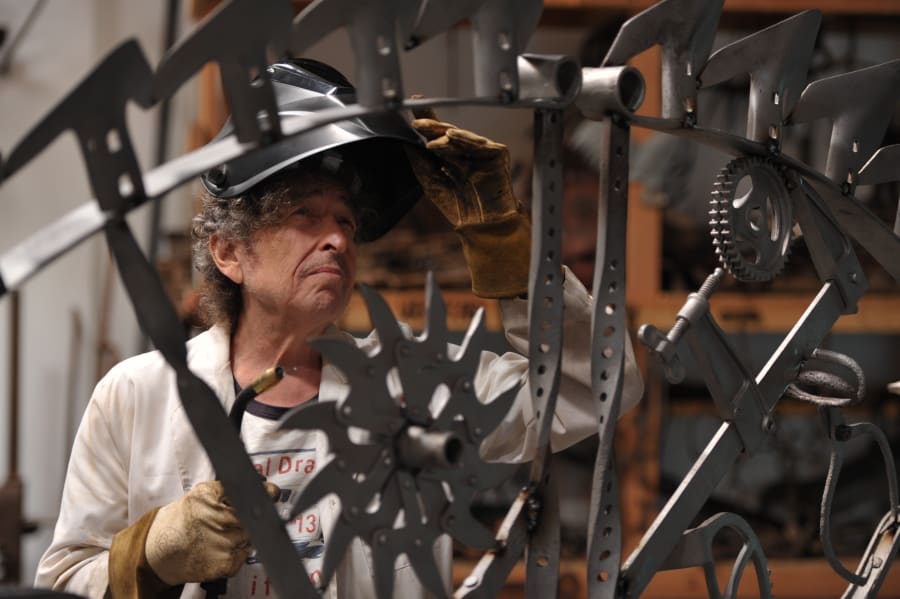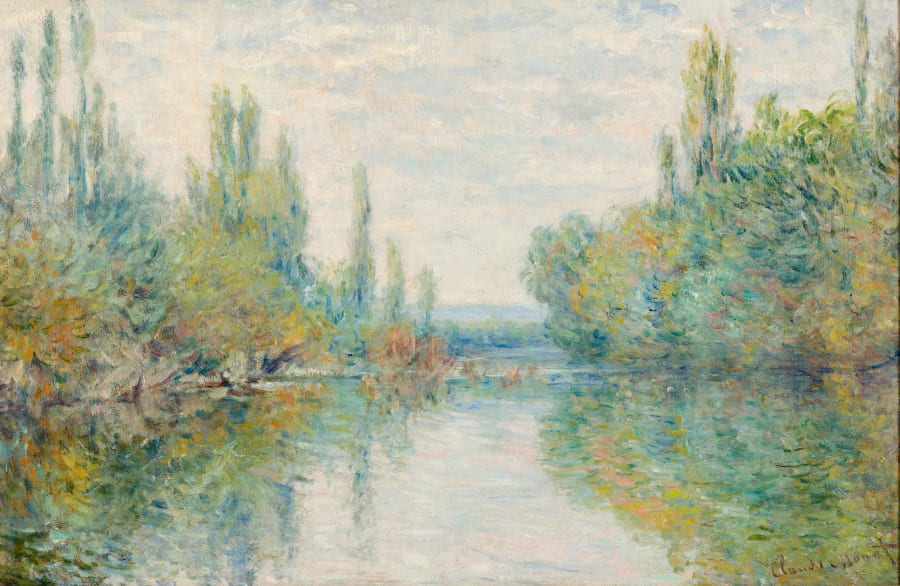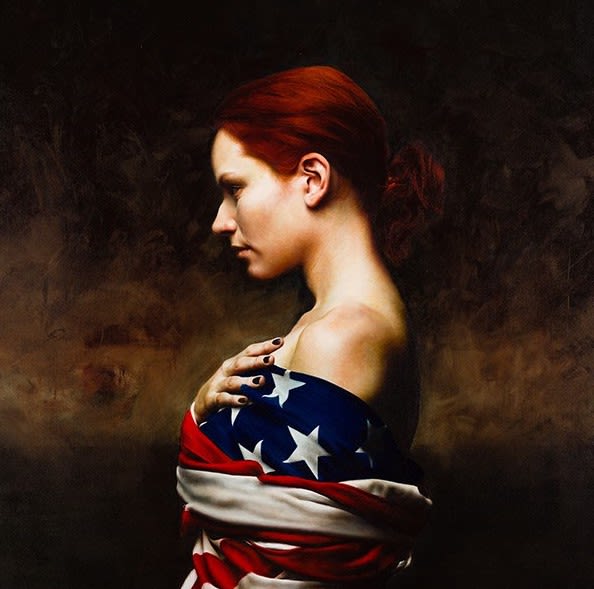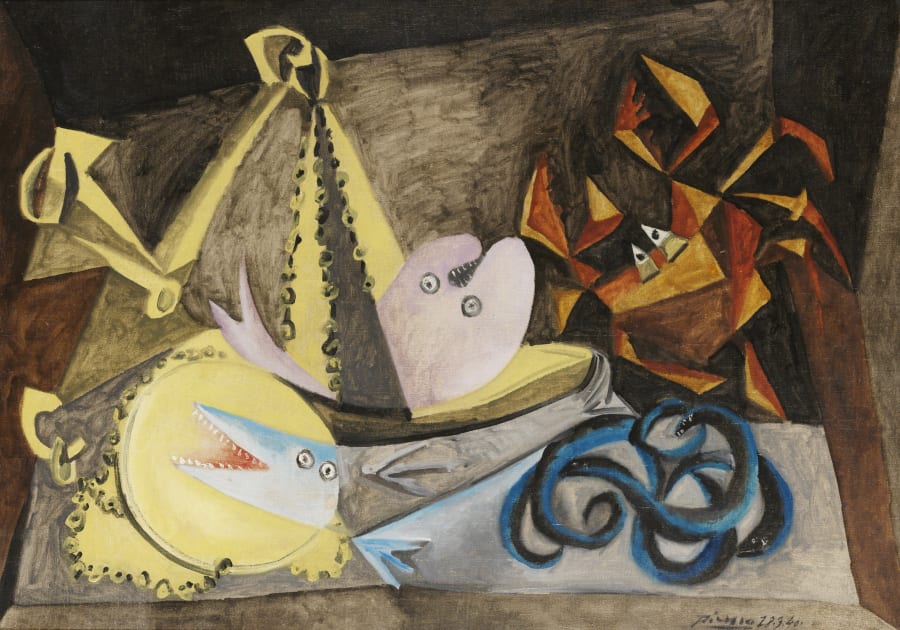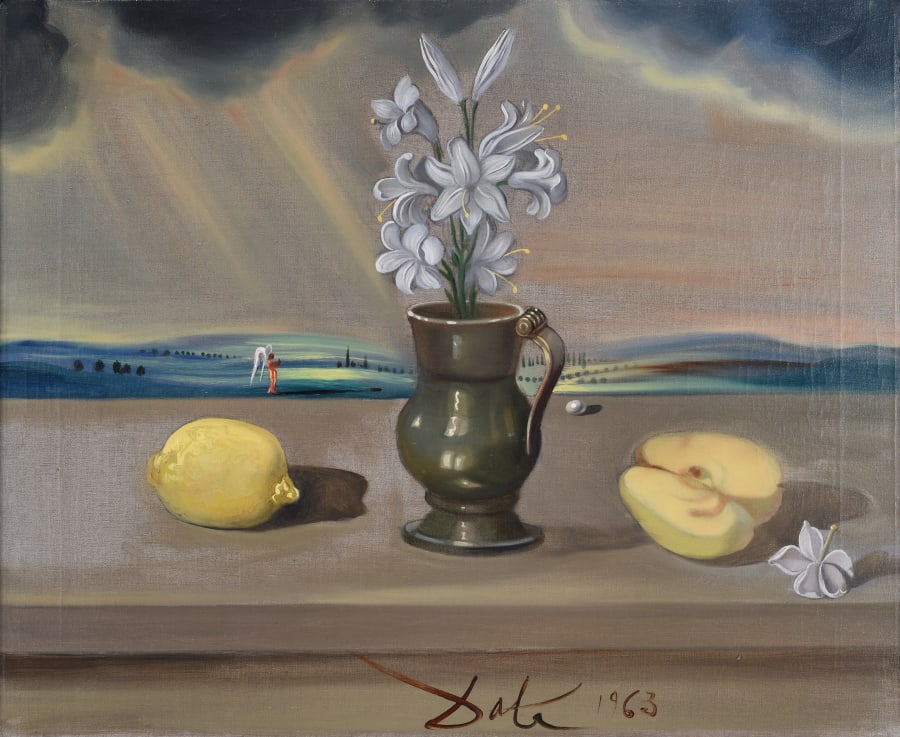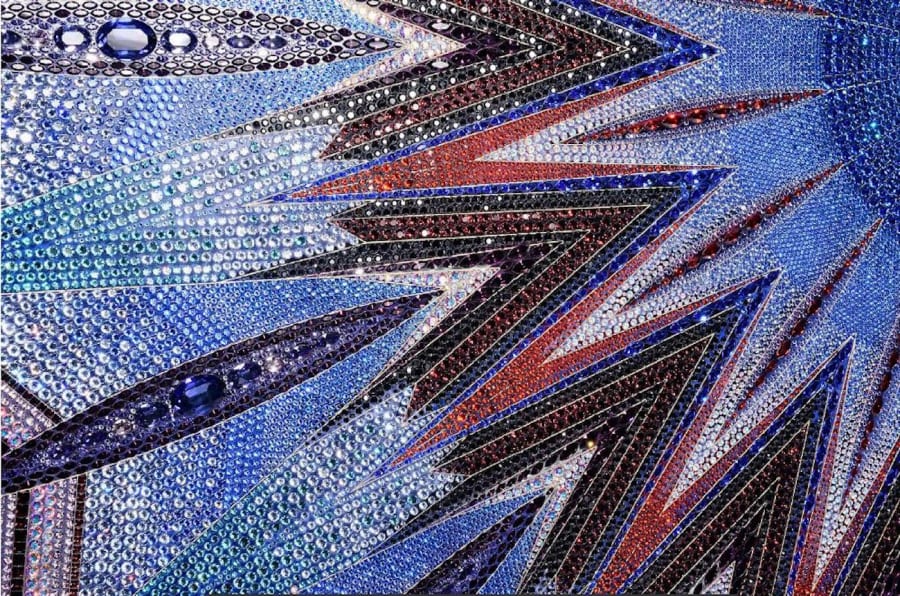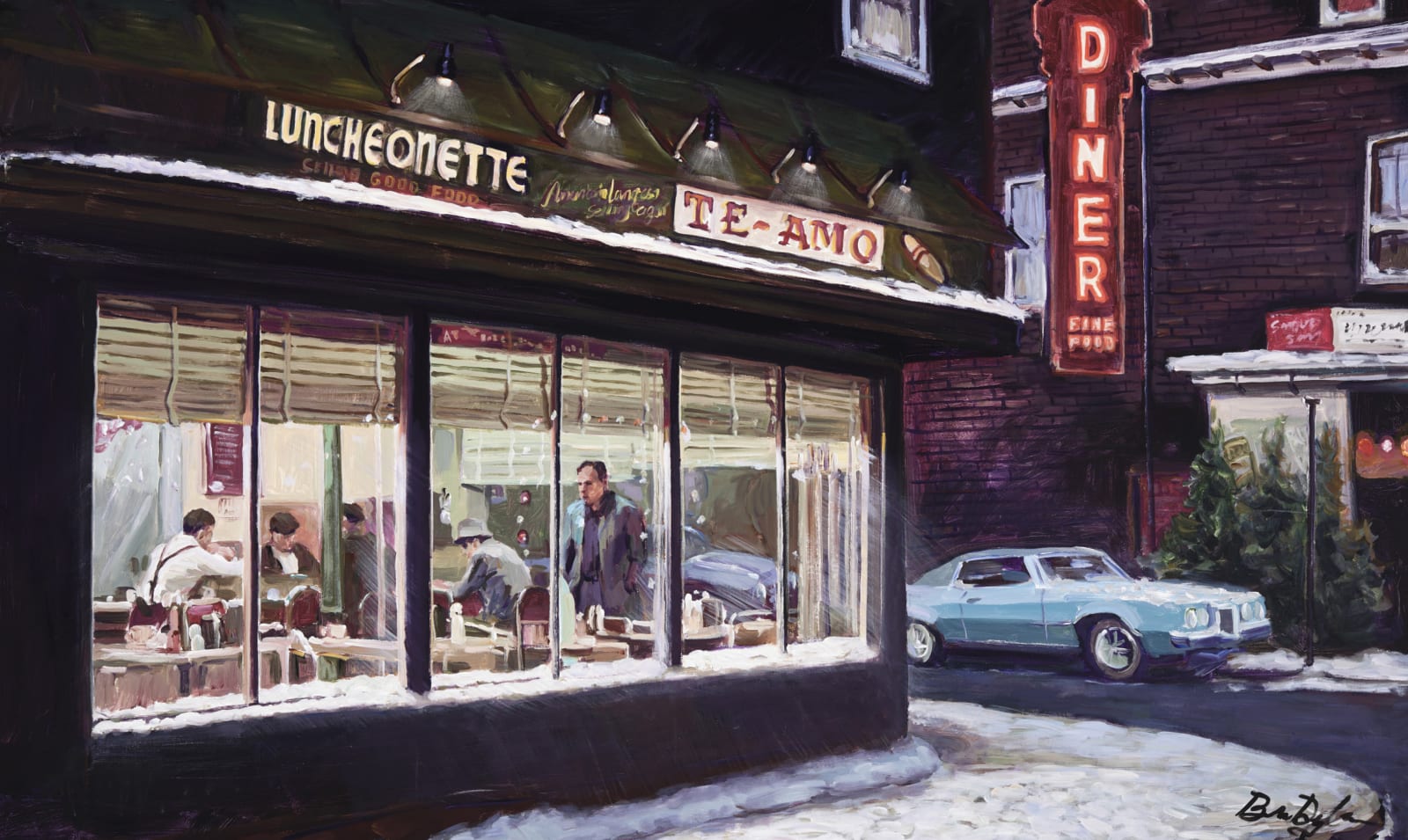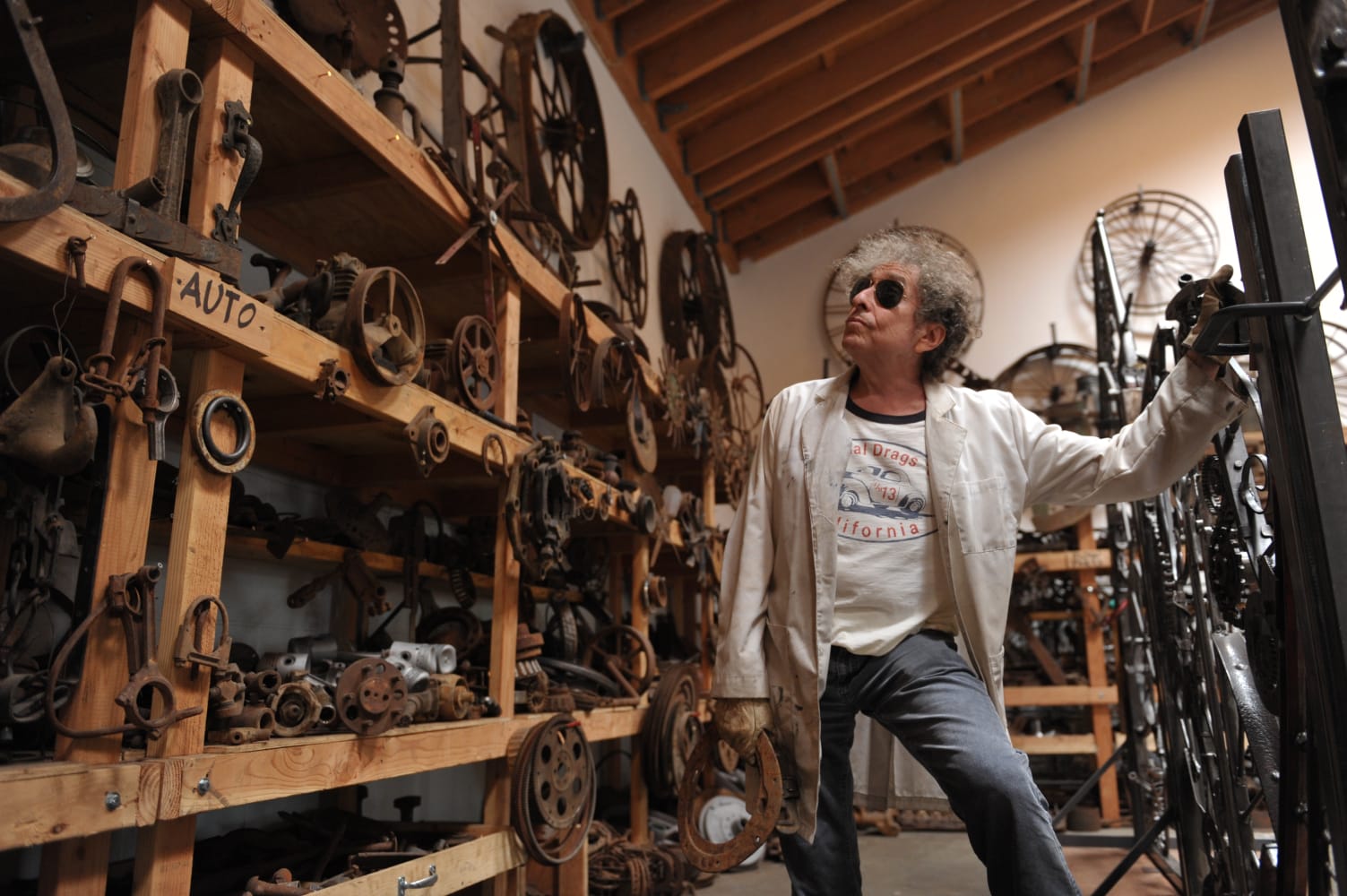Self An exhibition of portraits and figurative sculpture
Imaged as a portrait, self-portrait, or as a vehicle to convey a concept or other meaning, the body has acted as a fundamental artistic subject throughout the ages.
Artists have long used the mirror of self-portraiture to promote, reveal or disguise themselves; whether naturalistic, abstract or conceptual, the self-portrait promises privileged access into the artist’s psyche. We learn how artists see themselves, and how they want us to see. Similarly, Pablo Picasso’s radical approach to image making is countered by a lifelong fascination with the traditional artist and model theme, represented in Self through striking portraits of his lovers.
‘Are we to paint what's on the face, what's inside the face, or what's behind it?’ Pablo Picasso
Though often considered a revolutionary of postwar American art, Andy Warhol often turned to longstanding icons of art history for inspiration. This is seen in his appropriation of traditional modes of portraiture, one of the oldest art forms, as well as his interest in the self-portrait.
‘If you want to know all about Andy Warhol, just look at the surface: of my paintings and films and me, and there I am. There’s nothing behind it’. Andy Warhol
From a different angle, Lorenzo Quinn’s 2-metre sculpture Decisions shows how external form can be used to express internal feelings and abstract concepts. The figure stands motionless, caught between the indecision of the two paths laid out in front of him. Since the advent of modern art, the body has been increasingly used to represent such intangible concepts and, moving through the twentieth-century, to investigate wider issues of identity, such as gender, sexuality and race.
The selected works highlight in particular how the properties of different media affect the relationship between the artist, the subject and the viewer. Be it the apparent intimacy of the drawn line, in both graphite and etching; the objective vision of the photograph; the introspective practice of oil painting; the traditional methods of figurative bronze sculpture; or the more detached, mechanical process of screenprinting – our understanding of each medium shapes not only our understanding of the subject depicted, but also our impression of the artist behind the work.
‘If we’re talking about important art there’s the artist’s intimacy and truthfulness to himself, but an equal intimacy to the “Other.”’ John Berger


